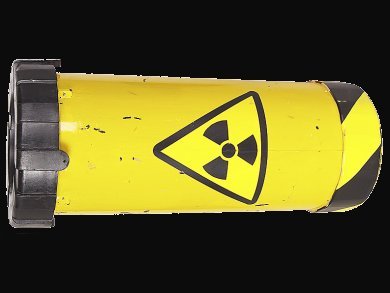Steel barrels buried underground are designed to keep plutonium waste from seeping into soil and, eventually, contaminating the groundwater. Due to corrosion those barrels will begin to disintegrate at some time. Plutonium is known to form nano-sized clusters in water, but almost nothing is known about how these clusters interact with clays such as those found in soil. Its unique water-based chemistry means the chemistry of similar elements cannot be used to predict what will happen if and when plutonium enters the environment.
Moritz Schmidt and colleagues, Argonne National Lab, Illinois, USA, have studied the interaction of such plutonium clusters and the clay-like mineral muscovite. The clusters adhered more strongly to the mineral surface than individual plutonium ions would be expected to. This strong interaction effectively traps plutonium on the surface of the clay, a process which could help contain the spread of plutonium into the environment.
- Plutonium Sorption and Reactivity at the Solid/Water Interface
M. Schmidt,
Presented at AVS 58th International Symposium & Exhibition
November 3, Nashville, USA



